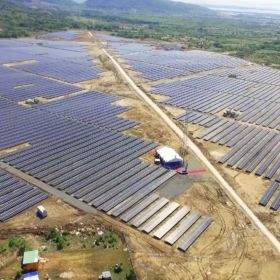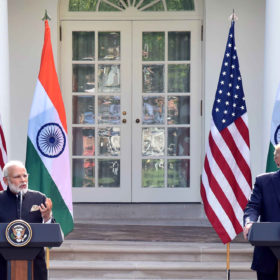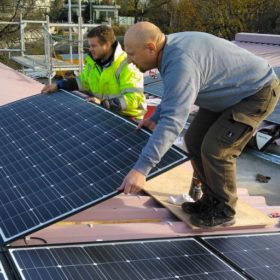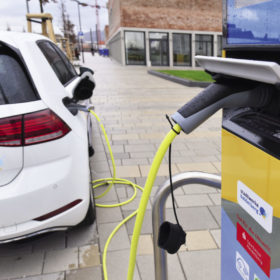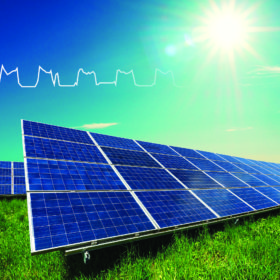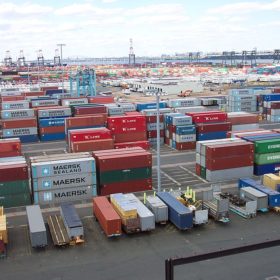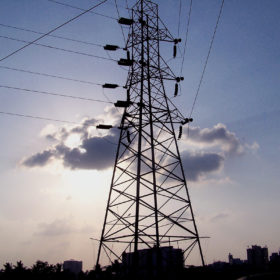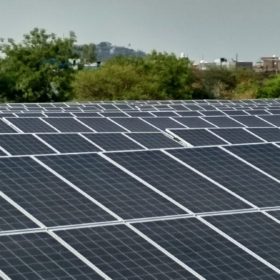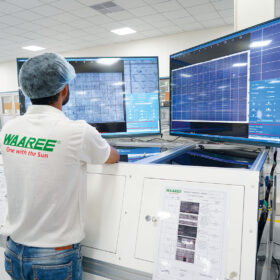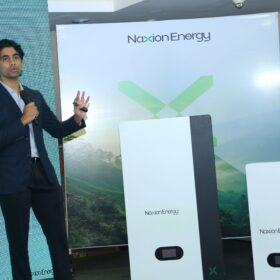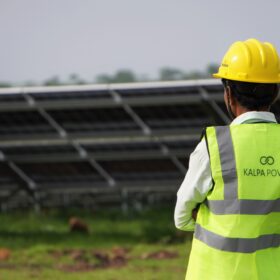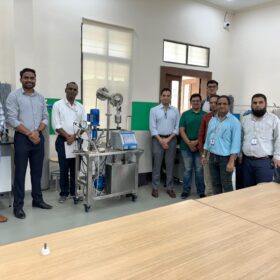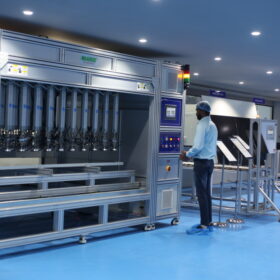India added 2.5 GW in Q1, 18.4 GW in pipeline: Bridge to India
Solar installations picked up significantly in the January-March period, with 1.89 GW of utility-scale PV projects providing 76% of the quarterly total. Rooftop PV accounted for the remaining 590 MW of new capacity additions. Looking ahead, Bridge to India expects the uptrend to continue, as the first quarter ended with a record amount of capacity in the national pipeline.
Waaree Energies commissions 49.5 MW in Vietnam
The Mumbai-based EPC contractor and module manufacturer expects its international business to account for more than 15% of its overall revenue. The company’s latest installation, in Vietnam, marks the completion of over 600 MW of solar EPC projects, with an additional 100 MW in its international pipeline.
India’s growth slows as developers add 1.7 GW in Q1
Solar installations fell 49% year-on-year in the first three months of 2019, with rooftop PV additions plunging as installers struggled to secure approval for projects immediately before the general election, according to new statistics from Mercom India Research.
India’s solar cell exports to USA lose preferential treatment
Having acted against Turkey, the Trump administration has removed India too from the list of nations exempt from import tariffs on solar cells and modules.
ISA invites bids for solar PV project development in member countries
Following Indian utility National Thermal Power Corp.’s proposal for PV projects in International Solar Alliance member countries, the organization has invited bids from companies in such nations with comparable credentials and experience, as long as they own at least 250 MW of solar capacity.
India set to acquire lithium for EV batteries in 6 months
The acquisition would be made through Khanij Bidesh India Ltd (KABIL)—a joint venture of three public-sector mining units—which recently visited the Lithium Triangle countries in South America (Chile, Argentina and Bolivia) to explore the possibility of lithium acquisition.
India leads the way as PV threatens coal-fired power
Falling PV panel prices led to notable year-on-year falls in the cost of developing solar plants around the world. India led the way with PV projects costing a weighted average of just $793/kW of capacity installed in 2018. Costs in China dipped to $879/kW last year, while solar projects in US and Australia cost $1,500.
Protectionist measures working as Chinese export destinations shift
While the world’s biggest solar manufacturers are confident there are plenty of alternative markets for a rising volume of panel exports, the message spelled out by first-quarter shipment figures is that protectionism works.
Power production to grow by 5-6% during FY2019-20: Care Ratings
India’s energy demand will rise as the economy expands and more people have access to power, cooking gas and transport. Currently, India is the third largest energy consumer after China and the US. Its energy demand is expected to grow three-fold by 2040.
Himachal Pradesh announces generic solar PV tariff
The Himachal Pradesh Electricity Regulatory Commission (HPERC) has followed the lead of the authorities in Tamil Nadu, Bihar and Maharashtra in setting generic levelised tariffs for PV projects.

